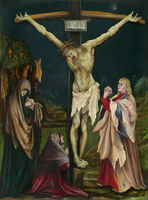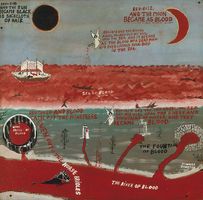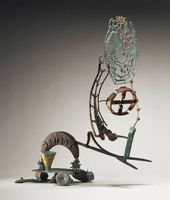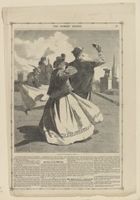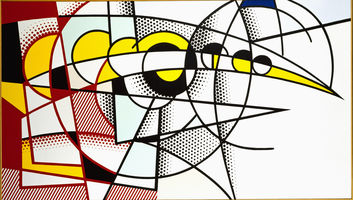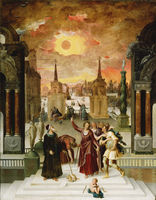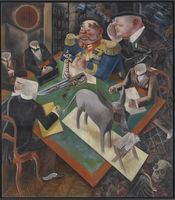Eclipses in Art
For centuries, very few people ever saw solar eclipses—and only rarely did they see more than one in over the course of a lifetime. The total blackening of the sun by the moon was unexpected and mysterious; it provoked wonder and dread, and people worried about what it might foretell. The eclipse gave rise to folklore and folk traditions, and it was represented as a sign, symbol, and metaphor in art. Even after astronomy became a science, and the solar eclipse was understood and could be predicted, its powerful hold on the human psyche was exploited by artists for personal, spiritual, and even political reasons. Other artists, like Howard Russell Butler, deemed the solar eclipse a worthy artistic subject independent of metaphor.
This section explores how different cultures presented and interpreted the solar eclipse in art. Click on an image below and see the eclipse portrayed as a monster, dragon, or even a celestial dog; swallowing the sun in ancient Maya and Chinese cultures; or used in the backdrop of European Renaissance crucifixion scenes to set a sorrowful and ominous tone. As the modern era was ushered in, so, too, were new technologies and mediums for artists to capture and explore the solar eclipse in photographs and in films.








